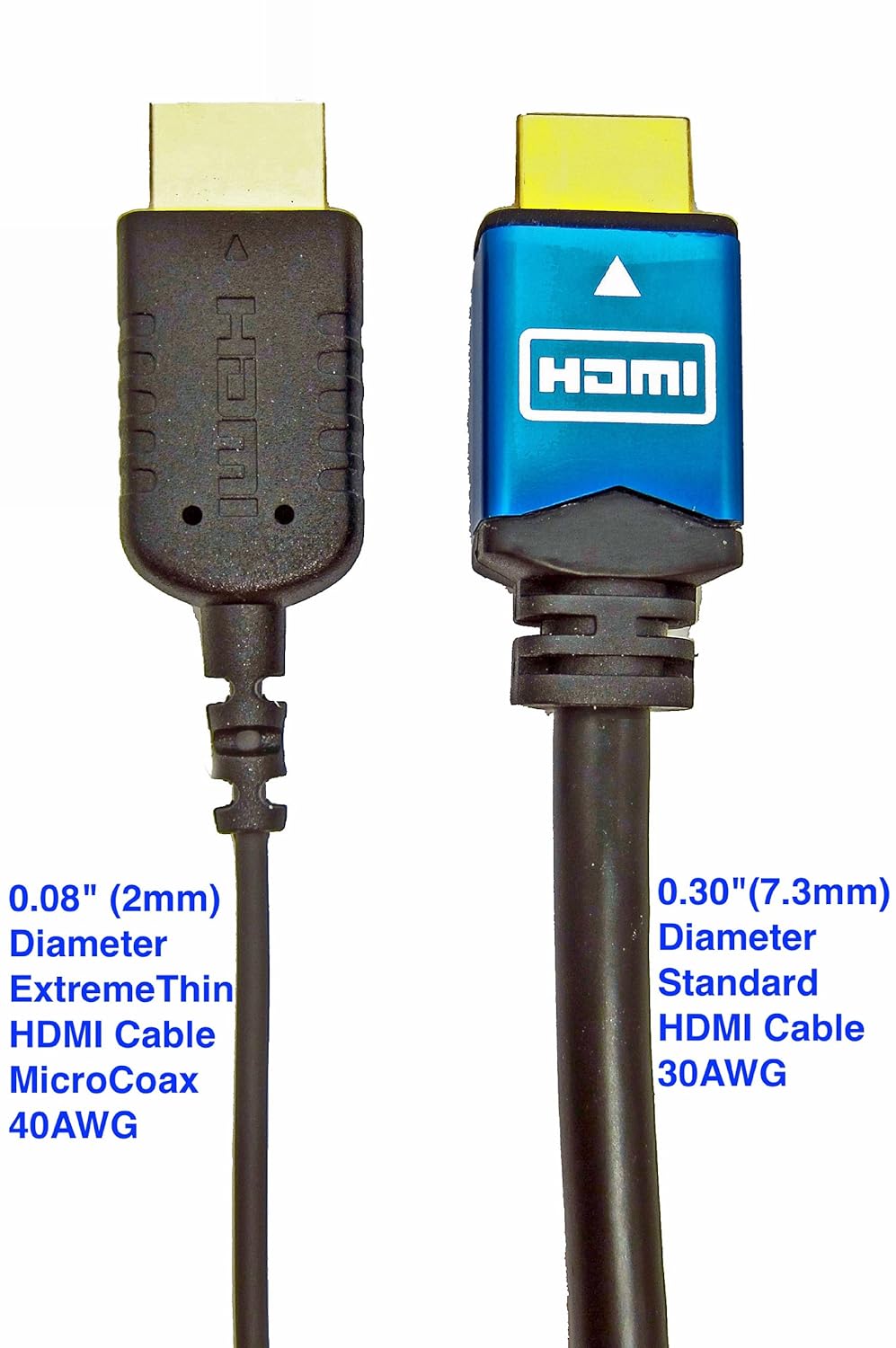Blue_Scholar
Gawd
- Joined
- Oct 6, 2011
- Messages
- 752
Looking to connect gaming PC to my plasma TV need about 15 feet or so of flexible thin HDMI cable. "Redmere" HDMI cables seem to be the ticket but I'm concerned about whether or not this technology introduces input lag. Does it?
Thanks.
Thanks.
![[H]ard|Forum](/styles/hardforum/xenforo/logo_dark.png)
